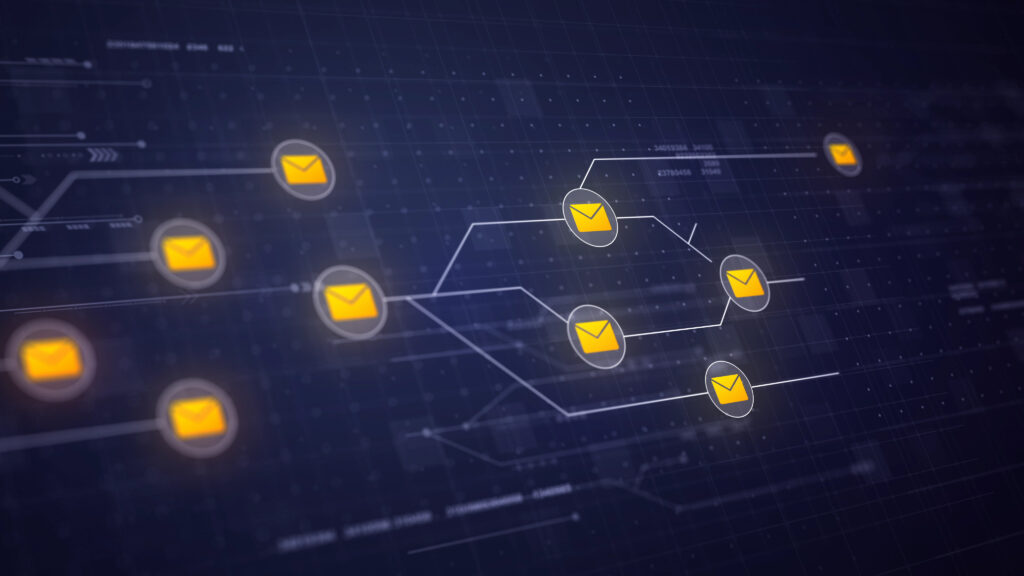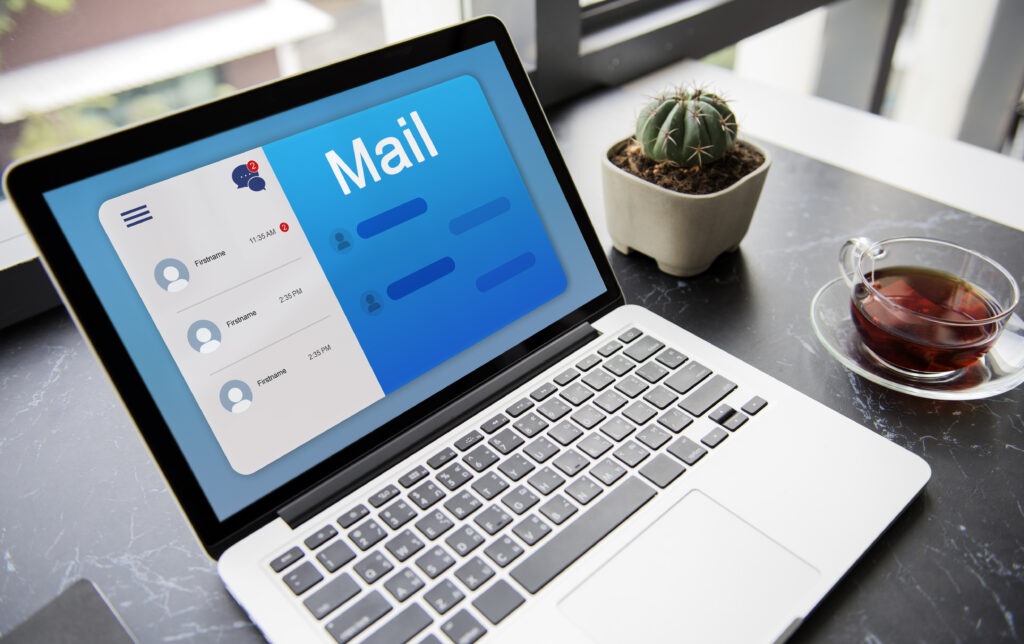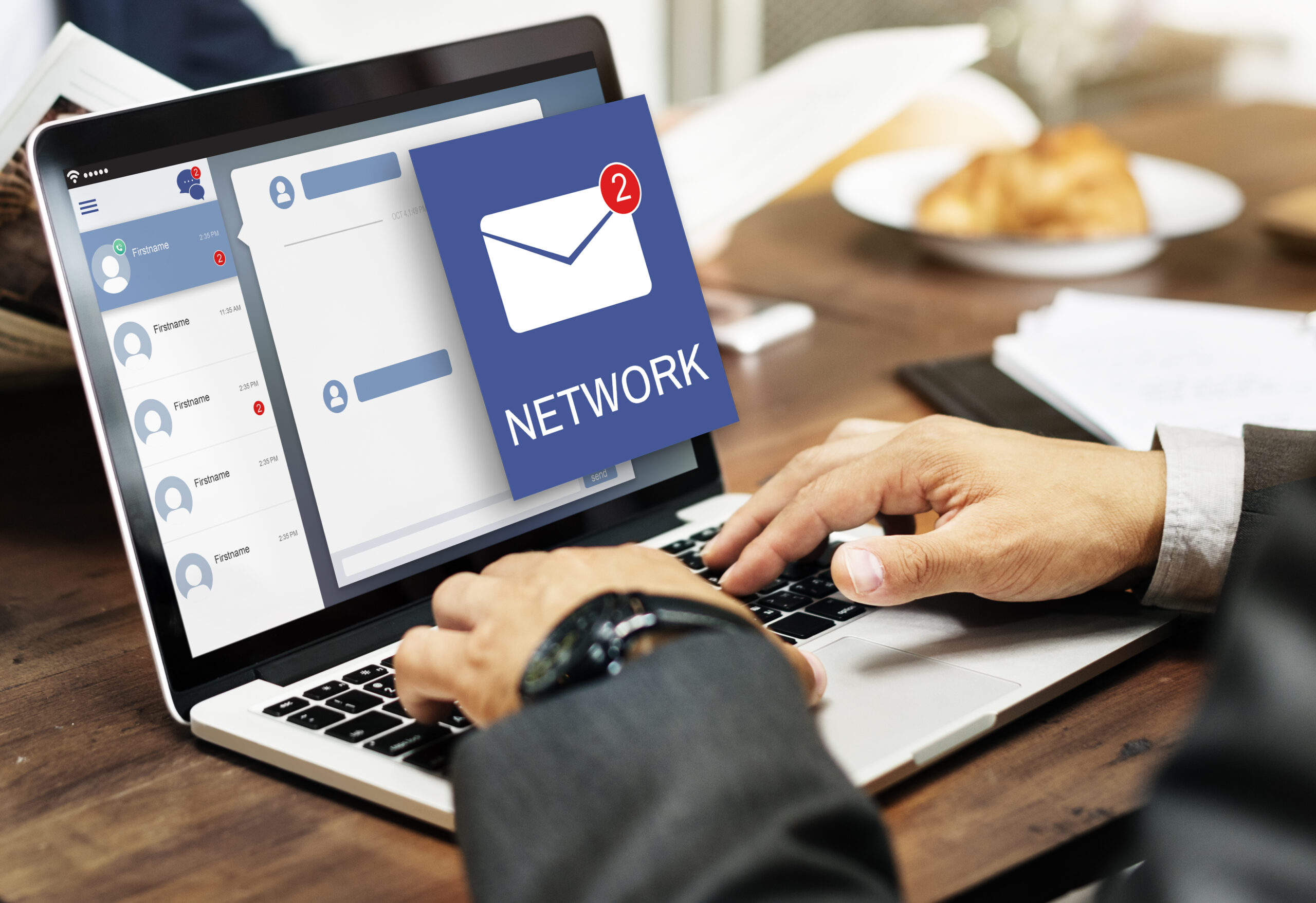Even though we believe we know a lot about phishing emails, individuals continue to fall for them since phishing is one of the most prevalent forms of cybercrime.
Hackers use phishing emails to get you to divulge your personal information. Your cyber security might suffer as a result.
As a result, it’s critical to be able to recognize phishing emails and to take the time to report phishing emails.
Let’s delve in and understand this sneaky yet common cybersecurity threat.
What are Phishing Emails?

Phishing is a technique that hackers employ to deceive you into giving them your personal or financial information. Once they get your information, they’ll either try to use it to conduct more fraud or sell it to someone else on the dark web.
Phishing assaults, which may cause catastrophic financial losses, are a severe danger to both businesses and individuals, and their volume is regrettably rising tremendously.
Phishing emails can also be more difficult to spot than many business owners believe.
Recently, cybercriminals have turned to more complex phishing techniques to trick users into opening, clicking, and sharing harmful malware.
And they are reaping significant rewards. Scams involving business email compromise (BEC) have increased in effectiveness, with losses surpassing $2.7 billion in 2018.
Emails that appear innocent but are designed to deceive consumers into revealing personal information make up the majority of phishing scams. This is frequently done by luring the user into clicking on a harmful link or file.
Most phishing emails contain opt-out instructions and look totally authentic, frequently employing high-quality images to imitate a company’s brand.
As a result, receivers are frequently duped by these frauds, and even well-known corporations have been taken advantage of.
In a kind of phishing known as spear phishing, hackers target a specific person using previously acquired information in order to accomplish a particular goal.
Your name, job title, or workplace location are all examples of information that may be utilized to make a phishing email appear authentic.
One typical tactic is to pretend to be your accounts department and try to con you to send money in the wrong direction.
The Difference Between Phishing and Spam Emails
While both can be considered forms of cybercrime, there are some key differences between phishing and spam emails all individuals should know about. In general, phishing emails are considered to be a much serious.
The 3 key differences between phishing and span emails listed below will help you understand why.
1 – Phishing attempts to extract personal information from users by posing as a trustworthy source (like a bank or email provider). Spam emails, on the other hand, are simply unsolicited mass messages sent without any regard for the recipient’s well-being.
2- Phishing targets individuals specifically, while spam Emails target entire groups of people simultaneously (for example, all recipients in an organization).
3- Phishing often uses deceptive tactics like spoofed addresses and fake links to infect users with malware or viruses. Spam Email servers use Bots (automated accounts that send messages) that automatically generate thousands of similar messages per day without human intervention.
4 Most Common Types of Phishing Emails
There are many different types of phishing emails that you might receive, with various formats and approaches.
Some phishing emails may ask for your personal information directly, while others will try to convince you to click on links in the email that take you to a fake website where they can steal your details.
Here are the main types of phishing emails:
Spear phishing: Spear phishing attacks target specific individuals or businesses. The criminals use information they have found about you (such as your name and job title) to make their email seem more legitimate before asking for your personal information or directing you to a fake website
Malware attachments: Malware attachments can be used in a variety of ways, such as downloading malicious software onto your computer when you open them
Pharming: Pharming redirects users from their intended destination to a fake website where they can be tricked into giving up their financial or personal
Whaling: Whaling refers to phishing attacks aimed at high-profile individuals or businesses such as CEOs and CFOs. These attacks may include personally addressed messages with malicious attachments or links leading to websites containing malware designed specifically for their targets’ computers.
Phishing Emails Examples and Common Techniques
Hackers may start phishing attacks using a variety of methods. We have discussed some common phishing email examples above; here are a handful of the more typical ones and standard techniques employed in phishing emails:
Phishing for Invoices
Phishing for invoices scam emails make the pretense that the receiver has a 1/3 unpaid invoice from a reputable business, bank, or vendor.
The email gives the recipient instructions on how to pay their bill by clicking on a link.
However, the hackers steal their data and obtain access to their bank accounts when they click the link and visit the website.
Scams Around Payment and Delivery
Sending emails from what seems to be a trustworthy vendor requesting a user’s credit card information is the method used in the payment and delivery scam.
They often assert that they will not deliver your order until your payment information has been changed.
Take great care while interacting with these emails, especially if you haven’t made any purchases from the business.
Compromised Accounts or Viruses

Viruses and compromised accounts result in users receiving an email from a third-party business saying one of their accounts has been compromised.
The email gives them two options: to download a form, fill it up with their personal information, and send it back, or to log in to change their password.
Keep in mind that a trustworthy business would never contact you to ask for your personal information in this way.
Phishing Emails that Require Downloads
Emails with download scam links are sent to recipients. These emails frequently include URLs that might cause the end user’s computer to download a malicious file. Always avoid clicking on a link in an email unless you are sure the sender is who they claim to be.
How to Recognize Phishing Emails
As mentioned above, cybercriminals have adopted more effective methods and techniques for phishing emails.
So how can you and your team recognize a legitimate email from a phishing email?
Here are some telltale signs that an email isn’t right.
The Email Contains a Suspicious URL
The integrity of any embedded URL is one of the first things to examine in a suspicious email message.
The URL in a phishing communication frequently seems entirely legitimate. The hyperlinked address, however, should appear if you move your cursor over the top of the URL (at least in Outlook).
The message is likely malicious or false if the displayed address differs from the hyperlinked URL.
The Deal Seems Questionably Good
There is an adage that something is likely not real if it looks too good to be true.
For emails specifically, this is true. The communication is probably fraudulent if it comes from an unknown source and makes grand promises.
You Did Not Start the Activity in Question in the Email
You can know that the message is a scam if you receive one telling you that you have won a contest that you didn’t participate in.
Or, as the scams around payment and delivery are concerned, it should be suspicious that you got an email about a parcel delivery when you did not order anything.
The Email is Poorly Written with Spelling Errors
If an email is poorly written, has several spelling and grammar mistakes, or uses odd phrases, it is likely a phishing email. We have all at one point received an email that starts with “hi, my friend,” which should be suspicious when you have never spoken to the sender before.
Keep a look out for extravagant promises, an excess of CAPITALISATION, and exclamation points!!!!
Therefore, if communication is riddled with grammatical or spelling errors, it presumably didn’t originate from a legal department of a big firm.
You Are Asked for Money
When you ultimately receive a phishing email, you will be requested for money, which is one warning clue.
It’s possible that you won’t be asked for money in the first communication. But sooner or later, phishing scammers will probably demand cash to pay for costs, taxes, fees, or anything comparable. You can be sure it’s a fraud if that occurs.
The Email Requests you to Disclose Sensitive Information
Even though email communication appears to be legitimate, it is always a negative indicator if it requests personal information.
You don’t have to provide your bank with your account number. The same goes for emails from legitimate businesses asking for your password, credit card number, or other personal data.
It Seems Like the Email is from a Government Organization
Phishing scammers that seek to intimidate victims don’t always use a bank persona. They occasionally send communications purporting to be from the IRS, the FBI, or just about any other organization that may terrify the typical law-abiding individual.
This is not to suggest that email is not used by law enforcement and other government organizations. However, law enforcement organizations adhere to specific procedures. Such organizations do not use email as a means of extortion.
The Communication includes Irrational Threats
Some phishing con artists use intimidation to terrify victims into providing information, even though most phishing scams attempt to fool individuals into handing over money or sensitive information by promising quick riches.
Communication is definitely a fraud if it makes exaggerated threats. The message is intended to frighten you!
Scareware frequently makes claims like these:
- Your account has been compromised;
- Your machine is contaminated; or
- The taxman is following you.
These emails frequently attempt to frighten you into behaving without thinking.
Something Just Doesn’t Seem Right
Casino security workers in Las Vegas are instructed to check for anything that “just doesn’t seem right,” as they like to say.
There’s probably a legitimate reason why something seems odd, goes the theory. Email messages nearly always follow the same rule.
It is often to your best advantage to refrain from acting on a message if it sounds dubious.
What to do if you open a Phishing Email

The best thing to do is to avoid clicking on any of the links in the email. This will protect you from being taken over by scammers and losing your valuable information.
Instead, flag the message as spam and contact your organization’s security team or IT department for assistance.
It is also advised to contact the authorities of any phishing email you receive. By alerting authorities to phishing efforts, you can:
- decrease the number of scam messages you get;
- make yourself a harder target for cybercriminals; and
- defend others from online cybercrime.
You can report it online if you suspect someone is trying to scam you or if you’ve been the victim of fraud. Many in the online community are no stranger to navigating dangerous cybersecurity threats and can provide you with further guidance on what to do if you open a phishing email. Just be sure not to share any confidential information though!
If you’re in Australia, you can also contact RebortCyber or the Australian Cyber Security Hotline at 1300 292 371 for assistance.
You can also choose the “report phishing” option on email services like Gmail.
Prevent Phishing by Educating Your Team with Jumpstart Security
Employee education about phishing schemes’ operation and warning signs is the greatest method to safeguard your company from them.
With regular staff awareness training, employees will be able to identify phishing attempts even as they get more complex.
Your staff won’t be able to form healthy habits and recognize bad communications as instinctively necessary until you consistently reinforce the guidance on avoiding frauds.
You can quickly engage, educate, and safeguard your workforce against the most prevalent kinds of cyber threats to your company with the help of the Jumpstart Security Academy.
With an ever-expanding library of information, you can ensure your workforce is constantly up to speed on the dangers they might expect in the workplace.
In addition, Jumpstart security provides the Document Center, where you can quickly establish cyber security procedures for your company.
With the help of Jumpstart’s cyber security program, you may evaluate the present status of cyber security for your company and find potential problems. You can quickly and efficiently solve these concerns and improve the safety of your company with the help of our simple-to-implement guidelines.
Final Thoughts
It makes no difference if you have the world’s most advanced security system. One inexperienced employee is all it takes for the data you’ve worked so hard to secure to be compromised by a phishing email.
Ensure your team is aware of all the warning signals of a phishing email and the particular examples of phishing emails we highlighted.
Frequently Asked Questions
How Do I Avoid Getting Malicious Emails?
There are a few things you can do to avoid getting malicious emails.
- Always be suspicious of an unsolicited email, especially if it’s from someone you don’t know or trust.
- Don’t open attachments unless you’re sure that they’re safe to do so. Many malicious email schemes use deceptive files as bait, and even innocuous attachments can contain malware.
- Use common security measures such as 2 factor authentication (2FA) and password management software to protect your accounts and personal information.
What Happens if You Respond to a Phishing Email
Give the growing complexity of cybercrime it’s possible for even the most cautious of us to respond to phishing emails. What happen if you respond to a phishing email can vary depending on the nature of the cyberattack and the motive of the cybercriminal.
Typically, responding to a phishing scam, can allow attackers to potentially:
-Access your usernames and passwords.
-Steal your money and access credit cards and bank accounts in your name.
-Apply for new account Personal Identification Numbers (PINs) or additional credit cards.
How to Report a Phishing Email in Outlook
If you’re an Outlook user the method of reporting a phishing email is not that different to that of other email services like Gmail. All you have to do is, select the message you wish to report before clicking on “Junk” in the reading pane. Then just go on phishing and click ” report”.
